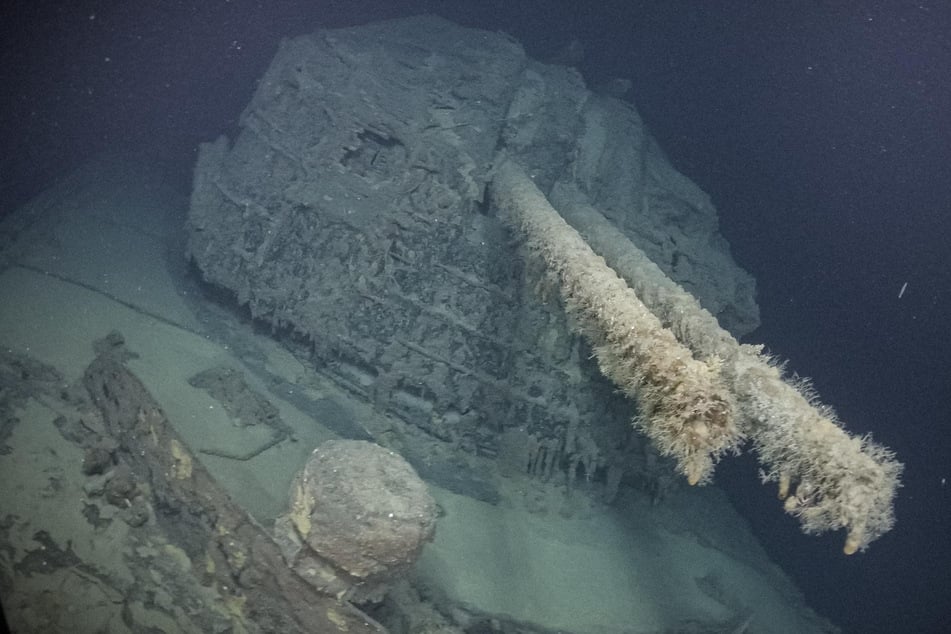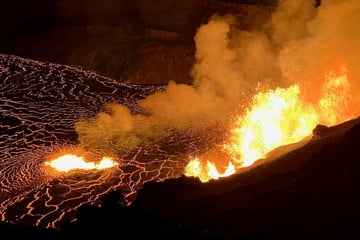Research team discovers sunken WWII Japanese warship!
Tokyo, Japan - An international research team has located a Japanese World War II destroyer on the deep seabed off Solomon Islands as the 80th anniversary of the war's end approaches.

A team from the US non-profit Ocean Exploration Trust discovered the Imperial Japanese Navy destroyer Teruzuki at a depth of more than 2,625 feet off the small island nation northeast of Australia.
A video image of the wreck shows parts of the 440-foot Teruzuki, which was torpedoed by the US military in 1942, illuminated by lights from the research team's underwater drones.
The footage shows red paint on the hull, corroded gun barrels, and the warship's massive stern.
Commissioned in 1942, the Teruzuki was designed for screening aircraft carriers from aerial attacks, the exploration group said.
However, the Teruzuki, which means "Shining Moon" in Japanese, was hit by US torpedoes just months into its service.
Nine sailors were killed, but most of the crew members survived, the Ocean Exploration Trust said.
Teruzuki's stern was found more than 660 feet from the hull and was located by high-resolution sonar scans, it said.
The discovery was made while the team used drones to survey the area in the hope of finding unidentified shipwrecks or other items.
Cover photo: Ocean Exploration Trust
